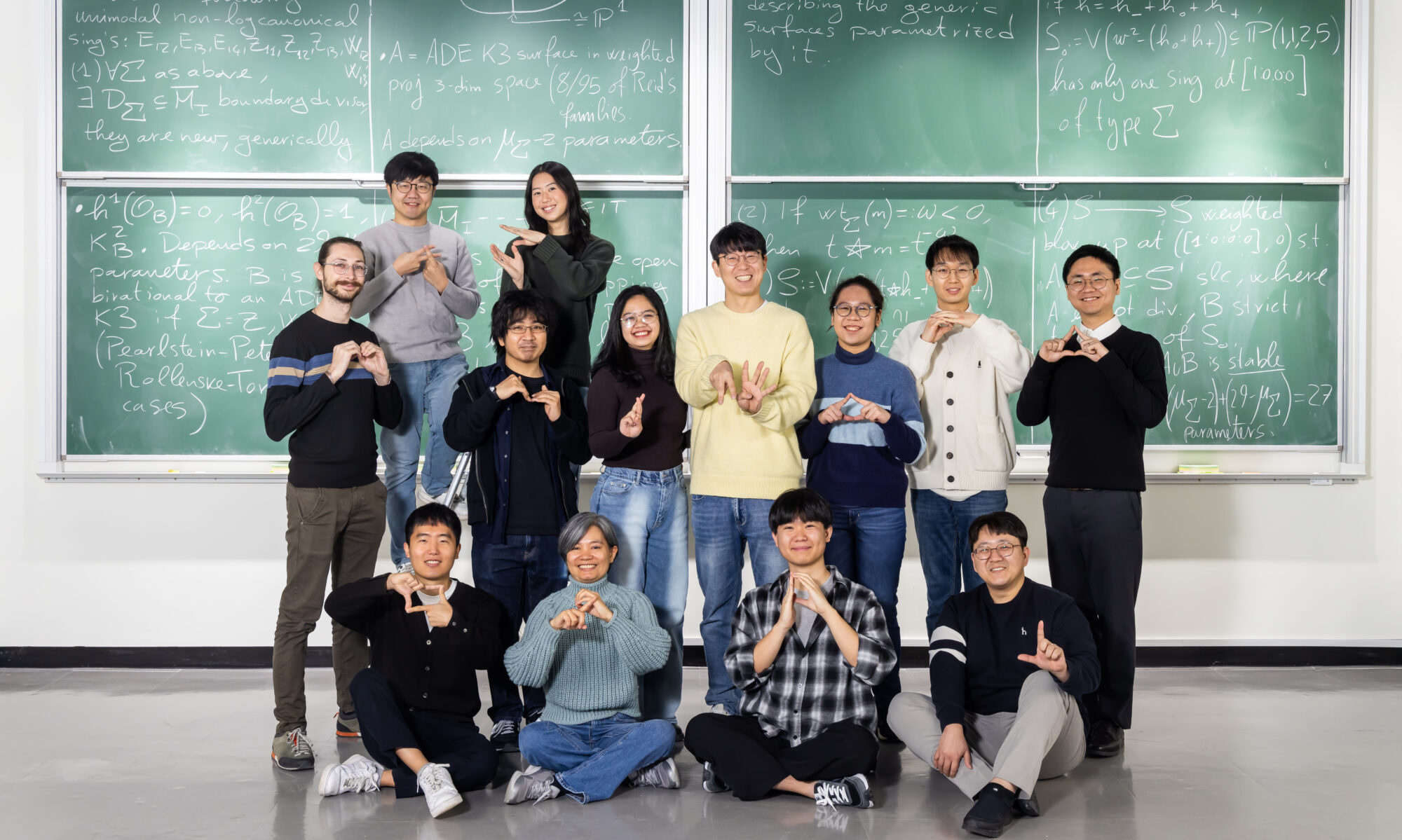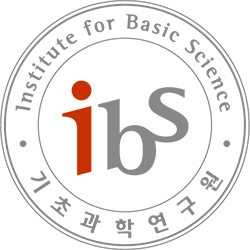
Dynamical data science and AI for Biology and Medicine – Luonan Chen
ZOOM ID: 997 8258 4700 (Biomedical Mathematics Online Colloquium) (pw: 1234)Abstract I will present a talk on "Dynamical data science and AI" for quantifying dynamical biological processes, disease progressions and various phenotypes, including dynamic network biomarkers (DNB) for early-warning signals of critical transitions, spatial-temporal information (STI) transformation for short-term time-series prediction, knockoff conditional mutual information (KOCMI) for quantifying interventional causality, partial cross-mapping (PCM) for causal …



